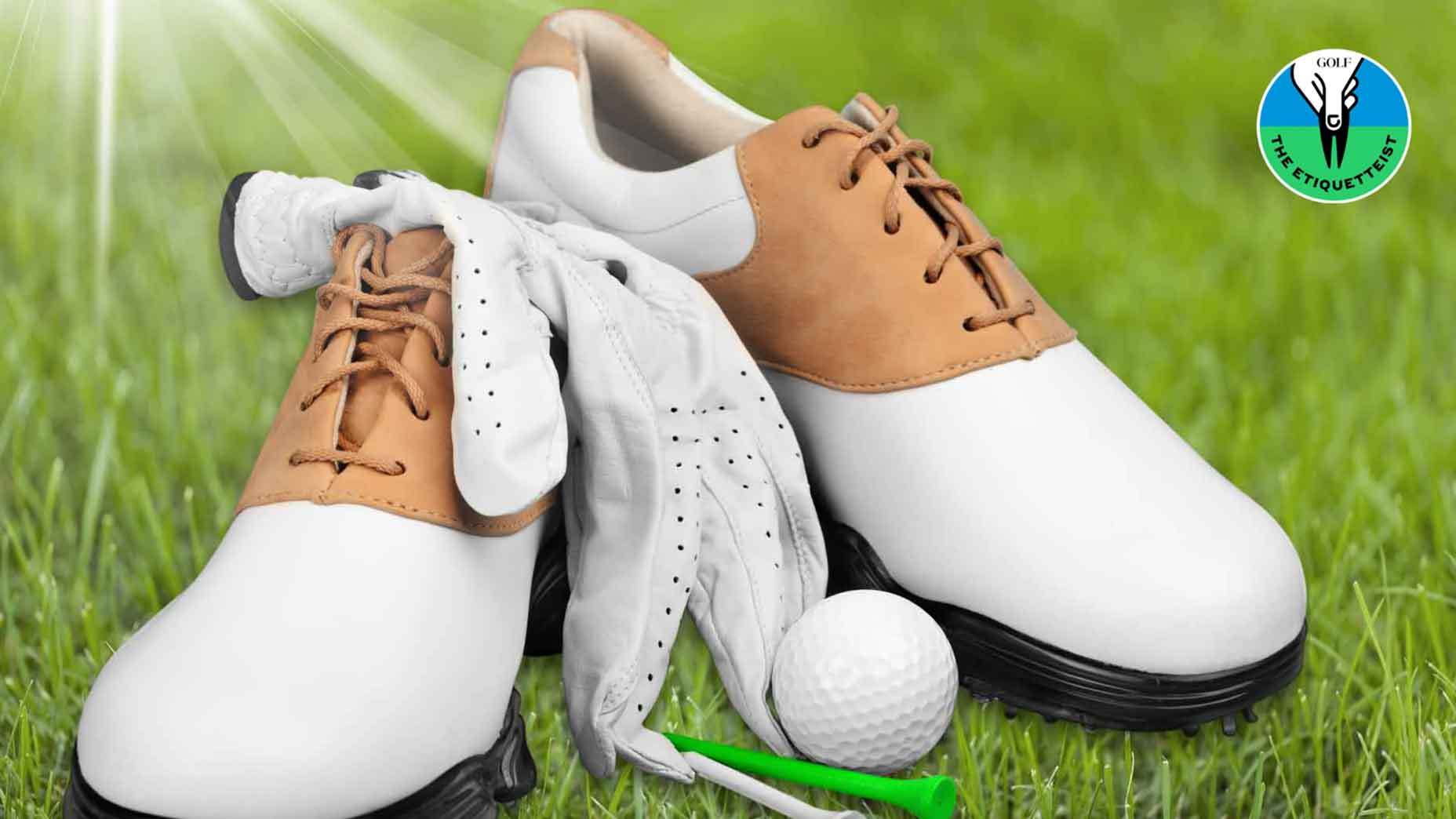Alex from Arlington, Va. writes: Ben An caused a stir on social media this week by asking why high-handicappers don’t bring an extra ball to the tee, so they don’t have to waste time going back to the cart to get another when they pump the first one out of bounds. What’s your take? Should hacks like me carry extra ammo around in our pockets to help keep up the pace?
Dear Alex:
Last the Etiquetteist checked, Ben An plays on the PGA Tour, a circuit whose competitors have for decades been the poster children for slow play, routinely taking five-plus hours to get around in threesomes while role-modeling terrible pace habits that have inevitably filtered down into the recreational game. Rather than singling out every-day chops, An might consider asking something along the lines of, Why does Patrick Cantlay shuffle-step 16 times before stroking a 2-foot putt?
But since that’s not the question he — or you — have posed, let’s get to it.
As I’m playing few holes and watching the group in front, why do high handicappers not bring at least two balls to the tee? I see them walking back to the cart to bring the ball again
— Byeong Hun An (@ByeongHunAn) October 16, 2024
There’s little doubt that most of us, low and high-handicappers alike, could take steps to improve our pace. We could be ready to hit more often. We could take fewer practice swings. We could tell fewer bad jokes before striking our tee shots. Carrying an extra ball around might also shave a few seconds here and there. But it should not be a requirement. Not for anyone.
Golf is already 90 percent mental. Why add to the psychological burden? Stepping to the tee with an extra ball in one’s pocket is essentially an act of resignation, and something of a self-fulfilling prophecy. Consciously or subconsciously, you are signaling to yourself — and the world — that you expect to duck-hook your first one into the trees. And so you do. No golfer, regardless of handicap, should be forced to suffer through such a sad and self-destructive ritual.
The good news is, it’s easy to avoid. As part of its modernization of the Rules of Golf, the USGA has implemented a local rule — meant mostly for recreational play — that allows for a stroke-and-distance option. Instead of teeing up another ball, just head out to the point where you think your first shot went missing, find the nearest fairway edge, drop and play on with a two-stroke penalty. No need to go back to your cart to reload.
Better yet, if you’re healthy enough to do it, don’t take a cart. Walk and carry, so that if you decide to reload, a second ball is always within easy reach. Do it quickly enough, and no one will likely notice. Unless you do it on every tee. In which case, you might be better off spending five-plus hours on the practice range instead.










